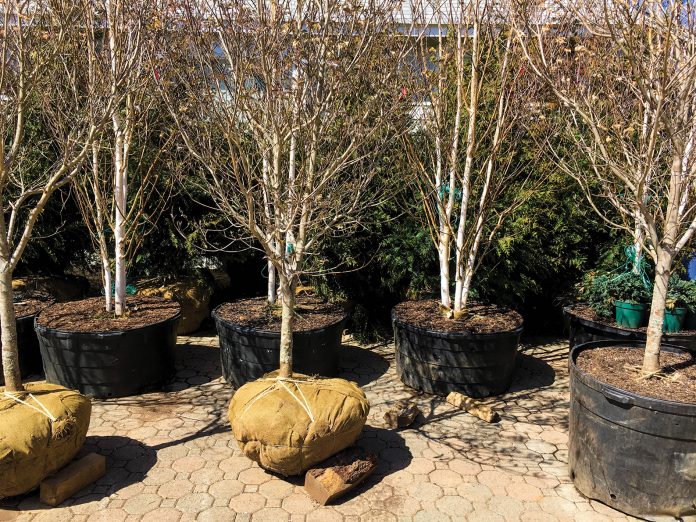It’s a staggering statistic.
In 10 years, Philadelphia lost the equivalent of more than 1,000 football fields worth of tree coverage, according to a city-commissioned study released last week.
The city’s tree canopy, defined as the layer of leaves, branches, and stems that provide tree coverage of the ground, decreased by 6 percent from 2008 to 2018, and several sections of Northeast Philadelphia experienced significant losses, the research showed.
ZIP codes 19116, 19114, 19149 and 19124 saw a decrease in tree coverage of 13 percent or more, among the highest in the city, according to the study. Though some sections of the city added trees, no ZIP codes in the Northeast recorded increases.
Back in 2009, the city set a goal to have trees covering 30 percent of every neighborhood in the city.
The study, dubbed the Philadelphia Tree Canopy Assessment, measured some ZIP codes with as low as 8 percent tree coverage, including 19149, which covers Mayfair and parts of Castor Gardens and Oxford Circle.
In fact, the only Northeast neighborhood that comes close to meeting the city’s goal is Bustleton.
Researchers used aerial photography and LiDAR technology (basically, planes shooting lasers to determine height and depth) to construct a 3D image of the landscape. The study was conducted for the city by the University of Vermont with state funding.
The assessment looked at where trees were gained or lost, but it didn’t analyze why, said Erica Smith Fichman, community forestry manager for the Department of Parks and Recreation.
However, it did find that a majority of the decrease came from tree removal on residential property, leading Smith Fichman to believe an important factor was homeowners having trees cut down.
“Some of that is development and subdivisions, but a lot of that is the individual decisions of hundreds of thousands of people,” she said.
Smith Fichman urged residents to consult arborists before having a tree cut down to make sure removal is necessary.
It’s not all doom and gloom.
The study did not take into account trees shorter than 8 feet, meaning many recently planted ones were not counted. Since 2012, Parks and Recreation’s TreePhilly program has given away 24,000, and other saplings have undoubtedly been planted.

In addition, the Northeast has quite a few trees compared to other parts of the city, and there is ample room to expand the canopy, Smith Fichman said.
However, it’s still trending downward, so, on Thursday, city officials announced an effort to form a plan to bolster Philadelphia’s canopy. It’s a process that’s expected to take 12 to 18 months and yield a 10-year strategy.
Smith Fichman said it will involve bringing together nonprofits and community groups, and it will evaluate policies and ways to communicate with the public.
“The ultimate goal is to take a step back and to look at how we are planting and caring for trees in the city,” she said.
It’s an important initiative because trees, or lack thereof, can have a big impact. Smith Fichman said they provide shade in the summer, break up winter winds and help trap stormwater runoff all year long.
Smith Fichman encouraged residents to plant new trees, care for existing ones and spread the word about the city’s dwindling canopy.
“When people think to themselves, ‘Well, what does it matter? What I do doesn’t matter.’ It does matter,” she said. “They can not only change what they’re doing but talk to their neighbors and their family and their community about how to plan and care for trees.” ••
Jack Tomczuk can be reached at [email protected].






